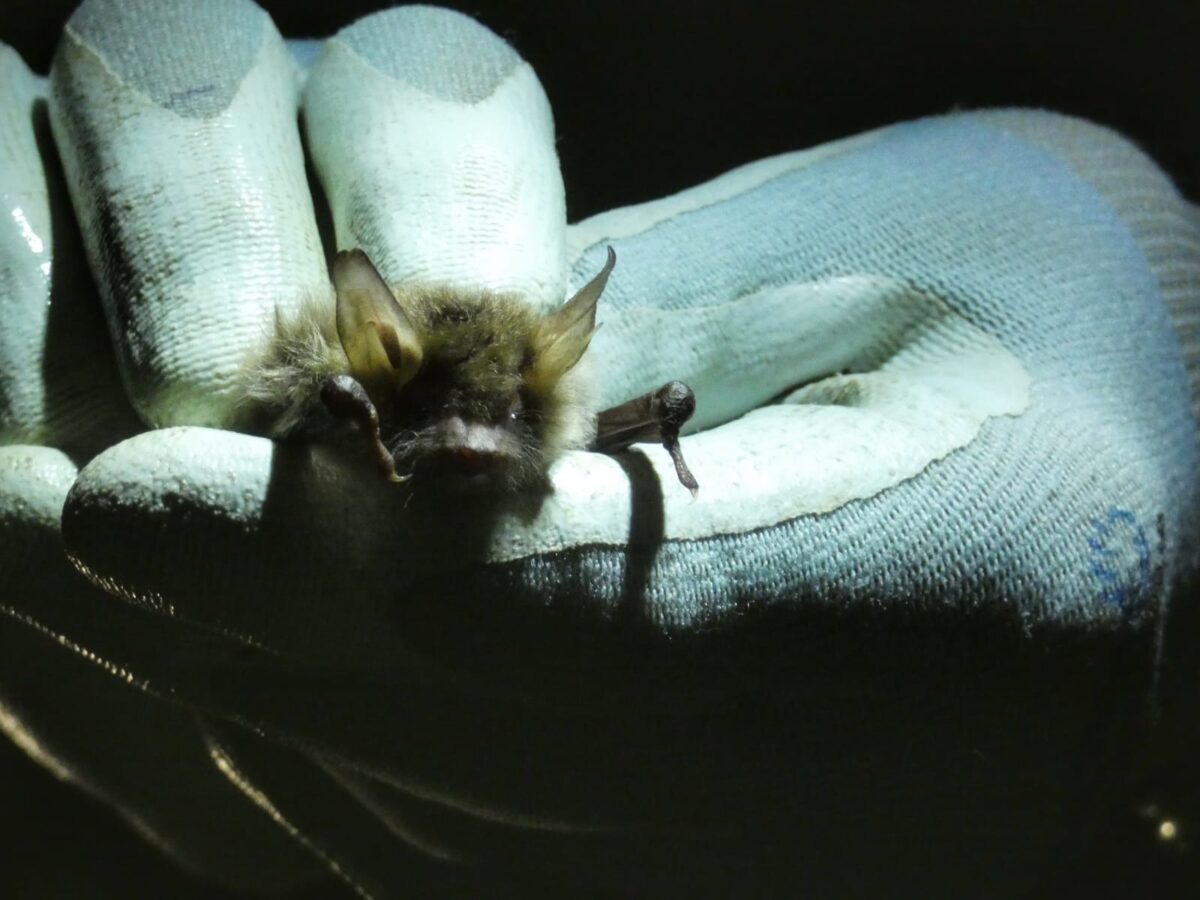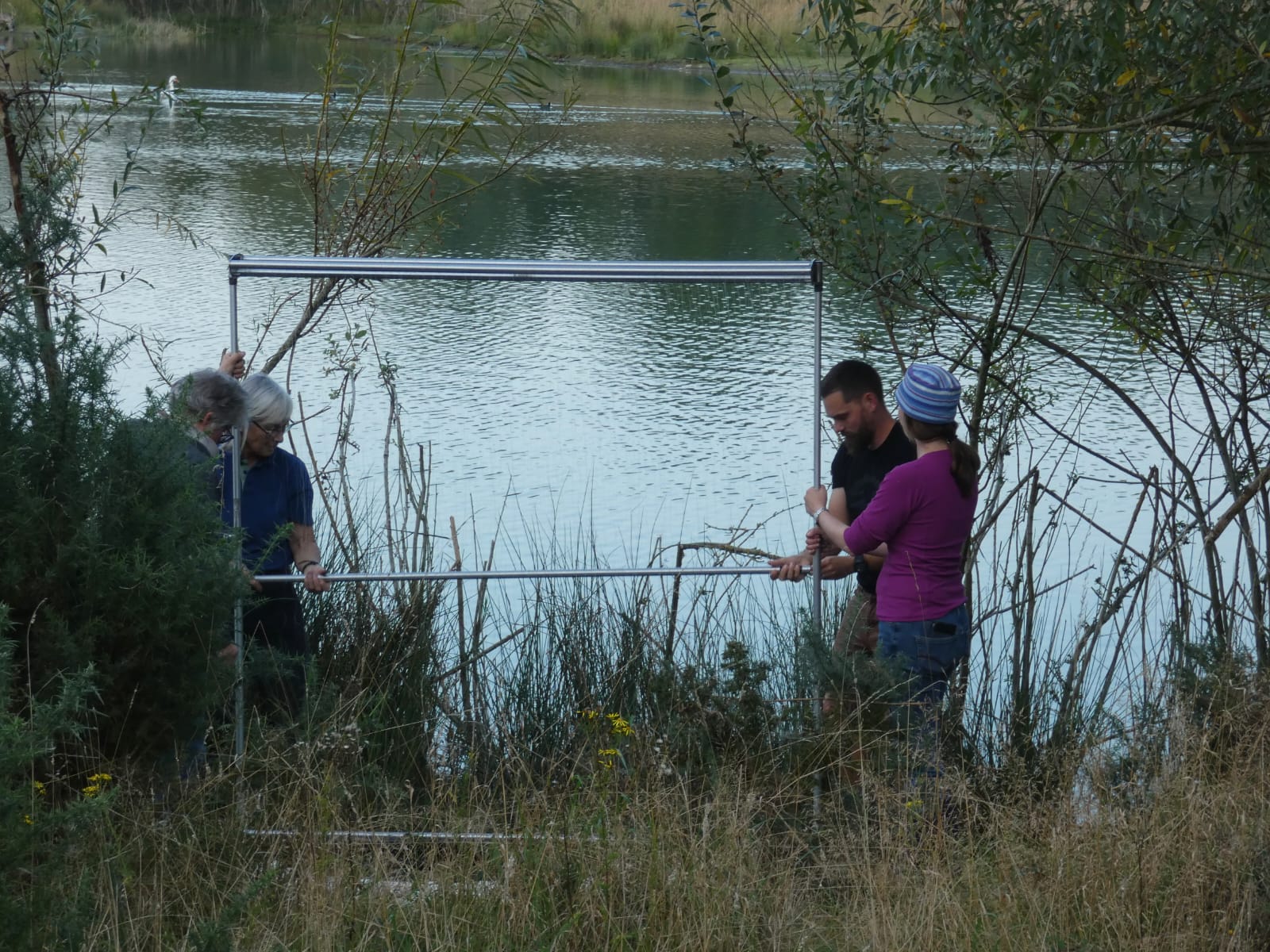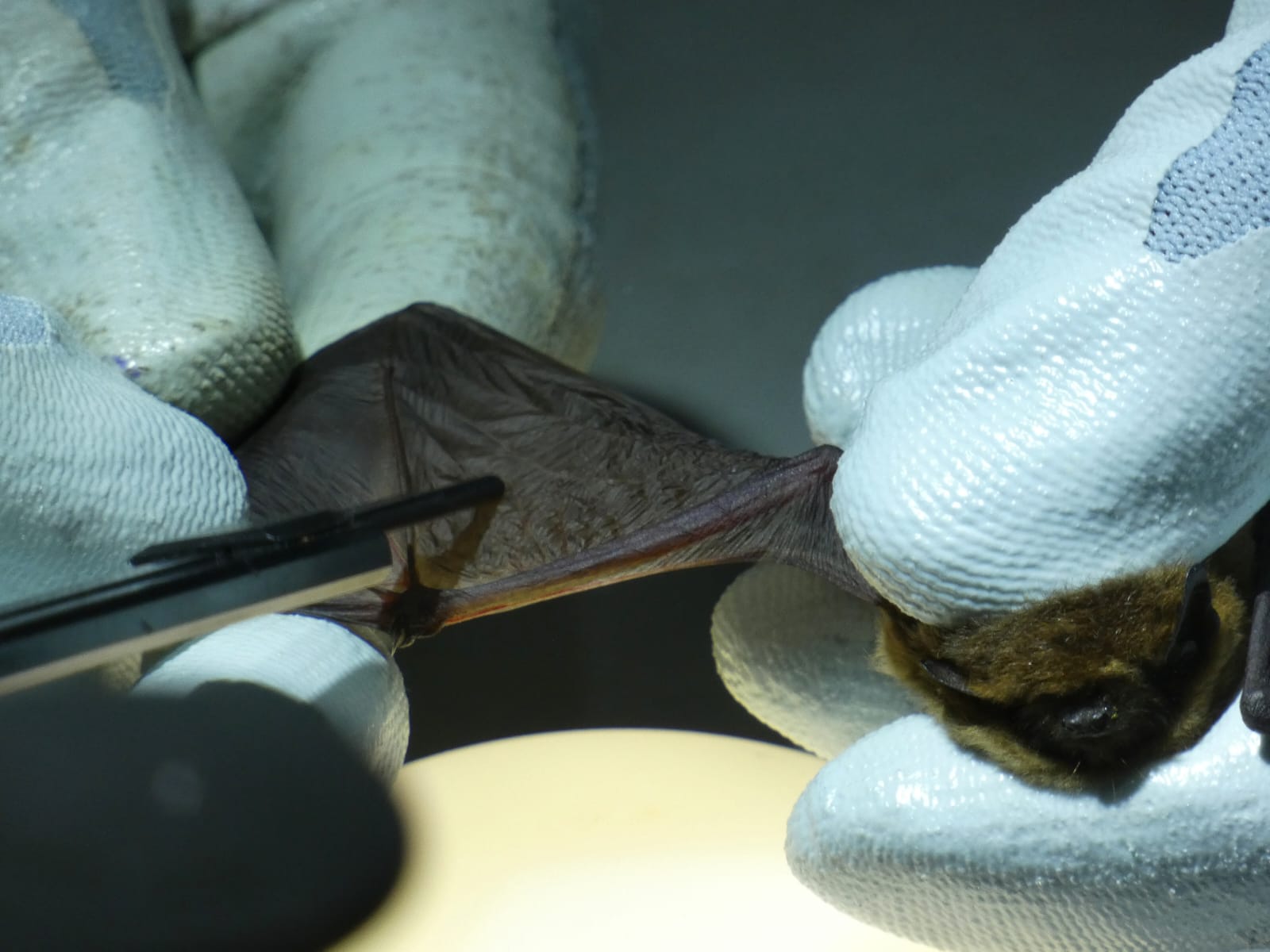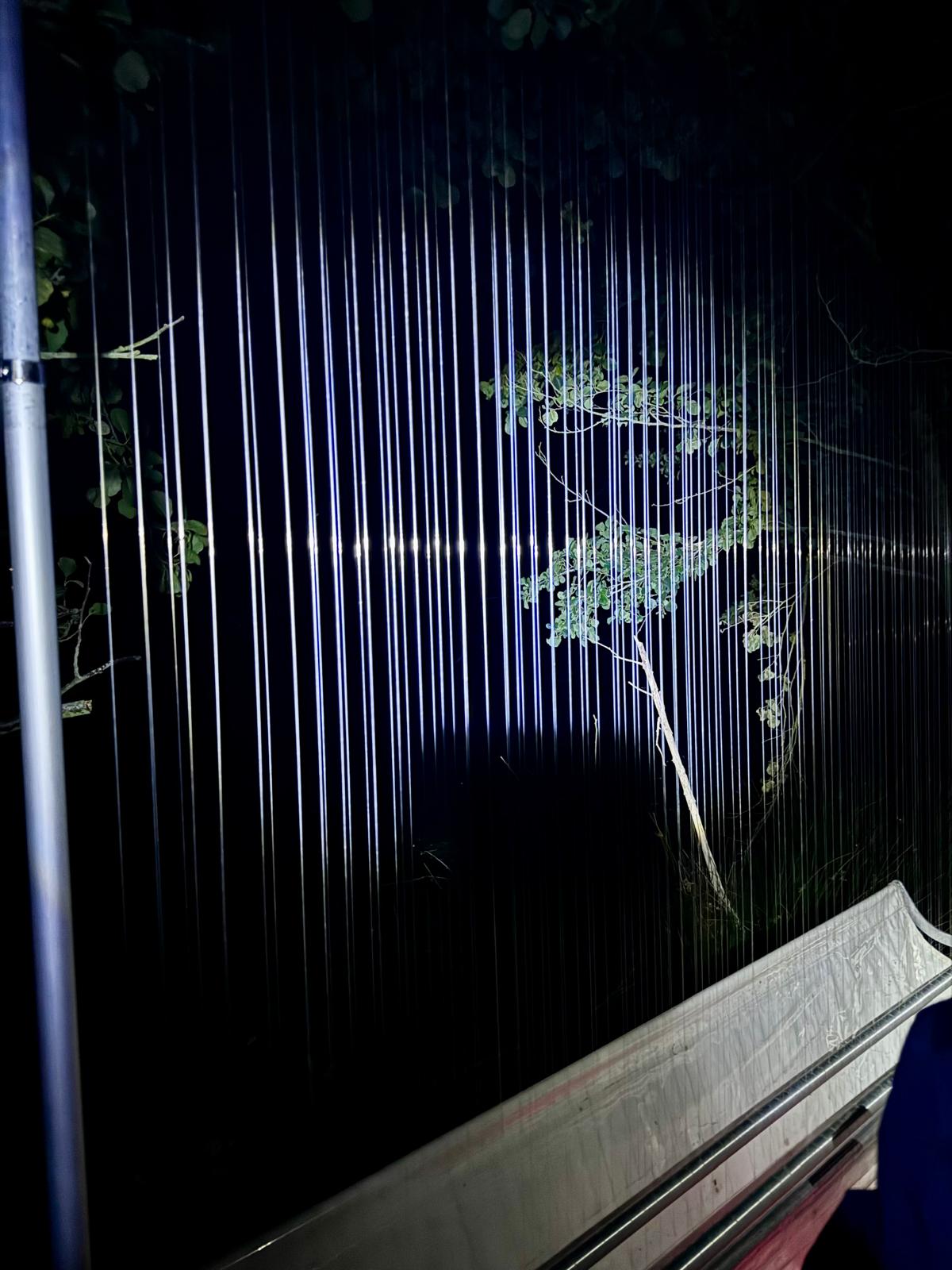Bat Research Night at Watatunga Wildlife Reserve

Watatunga Wildlife Reserve welcomed the Norfolk Bat Group, a specialised team of bat experts, after dark for a fascinating night of bat research! The excitement of learning how they safely catch bats, weigh, sex, and distinguish breeds was indeed an eye-opener. They hoped to find the Nathusius Pipistrelle and study other bat populations in the reserve and understand how the area’s ecosystems and biodiversity benefit not only the animals but also the broader environment.
Understanding Bat Monitoring Techniques
The Norfolk Bat Group put up 4 harp traps around Safari Waters Lake, each with a speaker playing audio ‘bait,’ which was the noise of a male Nathusius Pipistrelle bat. These traps are safe nets designed to capture bats without harming them, bats fly into them before gently falling into a net where they are unable to climb out of. By 6:45 PM, as dusk settled in, the team had everything prepared ready for the bats to begin to come out of their nests.
The team checked and collected any bats that were caught every 20 minutes to ensure they were never left in the nets for too long at one time. Our first bat was caught by 7:30 pm and it was all hands on deck for the exciting capture! After the team looked at the bat and weighed it, they discovered it was a small male Soprano Pipistrelle bat weighing 4.4 grams.

Going bat-crazy for bats!
The bats caught throughout the evening predominantly feed on insects like midges and mosquitoes however, the bigger the bat, the bigger insects they tend to eat. Through research, it has shown that the bats migrate here from Europe and how lucky we are at Watatunga that they’ve decided to call this home!
Throughout the night we found males and females of varying ages. We found three different species; Natterers, Soprano Pipistrelle and Daubentons (we also had audio of common pipistrelle!). Hopefully, we will be doing more surveys during the maternal season to continue researching what bat species we have at Watatunga Wildlife Reserve.
After speaking with the team, the Watatunga employees discovered themselves learning all things bats, each fact more amazing than the next. One of the most exciting discoveries was learning about the use of tracking devices. These tiny devices are attached to rare bat species to monitor their movement patterns and preferred habitats. Weighing less than the bat itself, the trackers fit snugly between their shoulder blades and are secured with medical glue. While the device only lasts up to 40 days due to its small battery, it provides invaluable data without harming the bat.

The Importance of Bats in Ecosystems and Conservation Efforts
Bats can live up to 10-12 years and play a critical role in maintaining environmental balance. They are huge insect eaters and can consume up to 3,000 midges per night! In some climates they even help with pollination, such as plants with fruit, making them essential to both local ecosystems and climate change mitigation.
Even though they are visiting guests at the wildlife reserve, they are still protected due to their rapid decline in numbers over the last few years. The decline in bat populations is concerning, causes include habitat loss, offshore wind turbines, and predators like cats. However, installing bat boxes in back gardens can help support bat populations. These should be placed in a south-facing direction with a clear flight path and high enough to be safe from predators. Bats tend to nest in an exploitation of a structure, for example, a broken piece of branch, bark from a tree, or a woodpecker hole in a tree.
Fun Fact: Once a bat has had her pup, it will be born bald and blind however will be fully furred and ready to leave by 3 weeks. During the first three weeks of their life, the pup will cling onto the mother; this is done via latching directly onto the nipple which for a bat, is located just under their armpit. This pup will continue to cling to the mother even through flight whilst the mother searches for food.

The Norfolk Bat Group’s visit was a tremendous success. Despite the chilly weather and the chances of buffalo or bongo creeping up on us, the evening was both fun and highly educational. Watatunga staff left with a newfound appreciation for bat conservation and their importance to the environment. Find out more on Watatunga Wildlife Reserve’s conservation efforts here.